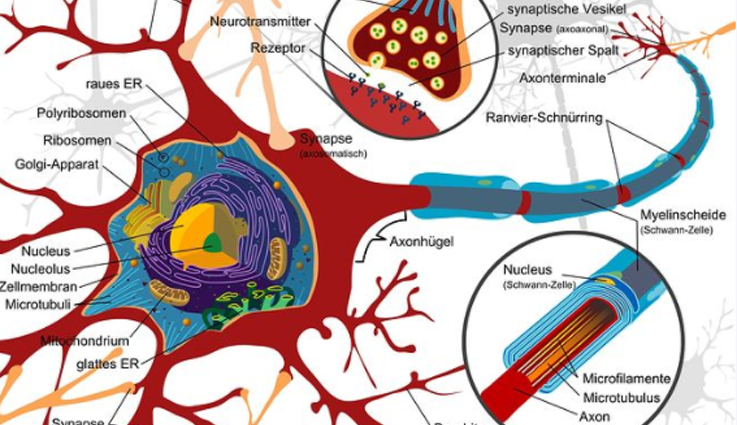|
|
Because the human brain – the source of our mental life – is such a remarkable organ, it is important to have a good understanding of how it operates. Knowledge about how it’s put together and the regions having greater responsibility for the varied aspects of our psycholoigcal experience help us understand what affects us the way it does.
The human brain is an incredibly complex organ, and most people don’t even bother to try to understand it. In reality, the brain is much easier to grasp than the majority of people believe. Like the universe, the brain is made up of billions of connections and just too overwhelming to think about. But if we focus on the organizing principles of its structures and functions it becomes easy to understand.
The Major Sections
The brain has three major sections. As the embryo grows in the womb, it develops what is called the neural tube. This small tube is much like a garden hose capped at both ends and will form the spinal cord and the brain. As the embryo continues to grow, it develops three bumps at the head, which will eventually become the brain. These three bumps are called the hindbrain, midbrain and forebrain. As these regions grow they further divide into a number of regions. These subdivisions become more specialized in their function and connectivity.
Hypothalamus: Eating, Drinking, Sex
The diencephalon sits just above the midbrain and is made up of the hypothalamus and the thalamus. The hypothalamus is the brain’s primary drive center. The three primary drives of eating, drinking and sex are directed by the functioning of specialized nuclei. It is interesting to note that the sexual drive is located in the same region as the centers for eating and drinking, thus equally important as a survival need. The hypothalamus is connected with the pituitary gland and coordinates the release of the majority of the body’s hormones, such as cortisol stress hormone, growth hormone, testosterone, estrogen and many others.
Thalamus: Seeing, Hearing, Taste, Touch
The thalamus acts as the brain’s sensory relay station. Vision, hearing, taste and touch signals from the eyes, ears, mouth and skin all converge in the thalamus where they are processed and sent to the sensory cortex where we see, hear, taste and feel. The thalamus is reponsible for coordinating the information being received from the outside world.
The primary nucleus in the thalamus responsible for visual signals is the lateral geniculate nucleus (LGN). The LGN is the eye of the brain in a way. It sorts visual signals coming from the eyes and prepares them for additional processing. It is also responsible for regulating vibrations inside the brain at certain frequencies. If the regular rhythms are disrupted by an infection or genetic cause, then an individual may experience neurological disorders such as epilepsy and Parkinson’s Disease, as well as psychological conditions such as depression.
Basic Components of the Brain
Resting on top of the thalamus is the second component of the forebrain: the telencephalon. This is comprised of three major brain systems: the limbic system, the basala ganglia and the cortex.
The Limbic System
The limbic system is a network of regions connected with the diencephalon’s hypothalamus. It has two major components, the amygdala and the hippocampus. The amygdala is the region involved in the expression of emotions and emotional learning. It sits nestled on both sides of the brain under the cortex. Damage to this area can result in emotional disruption, such as decreased emotion, lack of fear and hypersexuality. The amydala is also known to be involved in many mood and anxiety disorders such as post traumatic stress disorder.
Connected to the amygdala is the hippocampus. Its primary role is to receive information and store it into memory. It is also important in spatial navigation. Death of cells or disruption in the hippocampus can result in memory problems often seen in forms of dementia like Alzheimer’s Disease.
Basal Ganglia
The basal ganglia is located adjacent to the amygdala and hippocampus and is comprised of two major regions: the striatum and the globus pallidus. Both are associated with motor control and other functions. This area is where Parkinson’s and Huntington’s disease occur.
Cortex
The cortex is the wrinkled gray area that sits n the outermost part of the brain above the basal ganglia and limbic system. The cortex is divided into four lobes: frontal, parietal, occipital and temporal. Each lobe is made up of several folded layers ot cortex called gyri. Each lobe performs specific tasks such as hearing, language, vision and complex thought. Each part of the cortex is constantly adjusting, processing, planning and responding to the world around us. The cortex is where our most complex thoughts arise, with a greater level of abstract thought, problem solving, language and consciousness.
This report is not a diagnosis. We hope this information can guide you toward improving your life.
Review our Knowledge Base or the links displayed on this page for similar and related topics.

